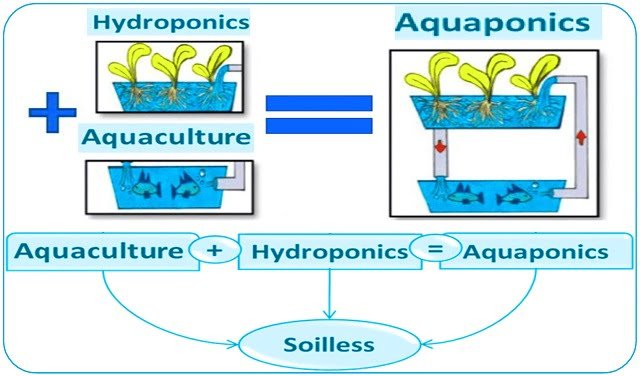The camera system used to survey seabeds could be seriously underestimating disturbances to ecosystems, according to new research from Heriot-Watt University.
The new report says that sediment camera systems, known as SPI cameras, are probably painting an inaccurate picture for regulators and authorities.
SPI cameras have been used for 50 years to document the health of the seafloor around fish farms and oil and gas platforms.
The camera works by penetrating the sediment and taking a side-on picture. The images can tell researchers how healthy or polluted the sediment is based on its colour and thickness, and the presence or absence of animals.
Annabell Moser, from the Lyell Centre, a partnership between Heriot-Watt and the British Geological Survey (BGS), led the research.
With scientists from BGS and the Scottish Association of Marine Science (SAMS), she developed a laboratory version of the SPI camera to test the likelihood that the SPI camera system was giving inaccurate results.
Moser said: “Our tests showed that the model camera caused particles from the top layer to be dragged down into deeper layers, which very possibly makes the sediment look much healthier than it actually is.
Stay Always Informed
Join our communities to instantly receive the most important news, reports, and analysis from the aquaculture industry.
“This is concerning, because for 50 years this camera system has been used by authorities as a way to determine whether industrial activity is harming the seafloor.
“Our research shows that the damage from fish farming or oil and gas activities may have been underestimated.
The team will work with the Flanders Marine Institute in Belgium later this year to test the extent of sampling artefacts associated with actual SPI camera systems.
This research has been published in Frontiers in Marine Science and was funded by the Natural Environment Research Council.
Contact
Sarah McDaid
sarah@mcdaidpr.co.uk
Reference (open access):
Moser Annabell, Pheasant Iain, MacPherson William N., Narayanaswamy Bhavani E., Sweetman Andrew K. Sediment Profile Imaging: Laboratory Study Into the Sediment Smearing Effect of a Penetrating Plate. Front. Mar. Sci., 20 April 2021 | https://doi.org/10.3389/fmars.2021.582076
Source: Heriot Watt University
Editor at the digital magazine AquaHoy. He holds a degree in Aquaculture Biology from the National University of Santa (UNS) and a Master’s degree in Science and Innovation Management from the Polytechnic University of Valencia, with postgraduate diplomas in Business Innovation and Innovation Management. He possesses extensive experience in the aquaculture and fisheries sector, having led the Fisheries Innovation Unit of the National Program for Innovation in Fisheries and Aquaculture (PNIPA). He has served as a senior consultant in technology watch, an innovation project formulator and advisor, and a lecturer at UNS. He is a member of the Peruvian College of Biologists and was recognized by the World Aquaculture Society (WAS) in 2016 for his contribution to aquaculture.




